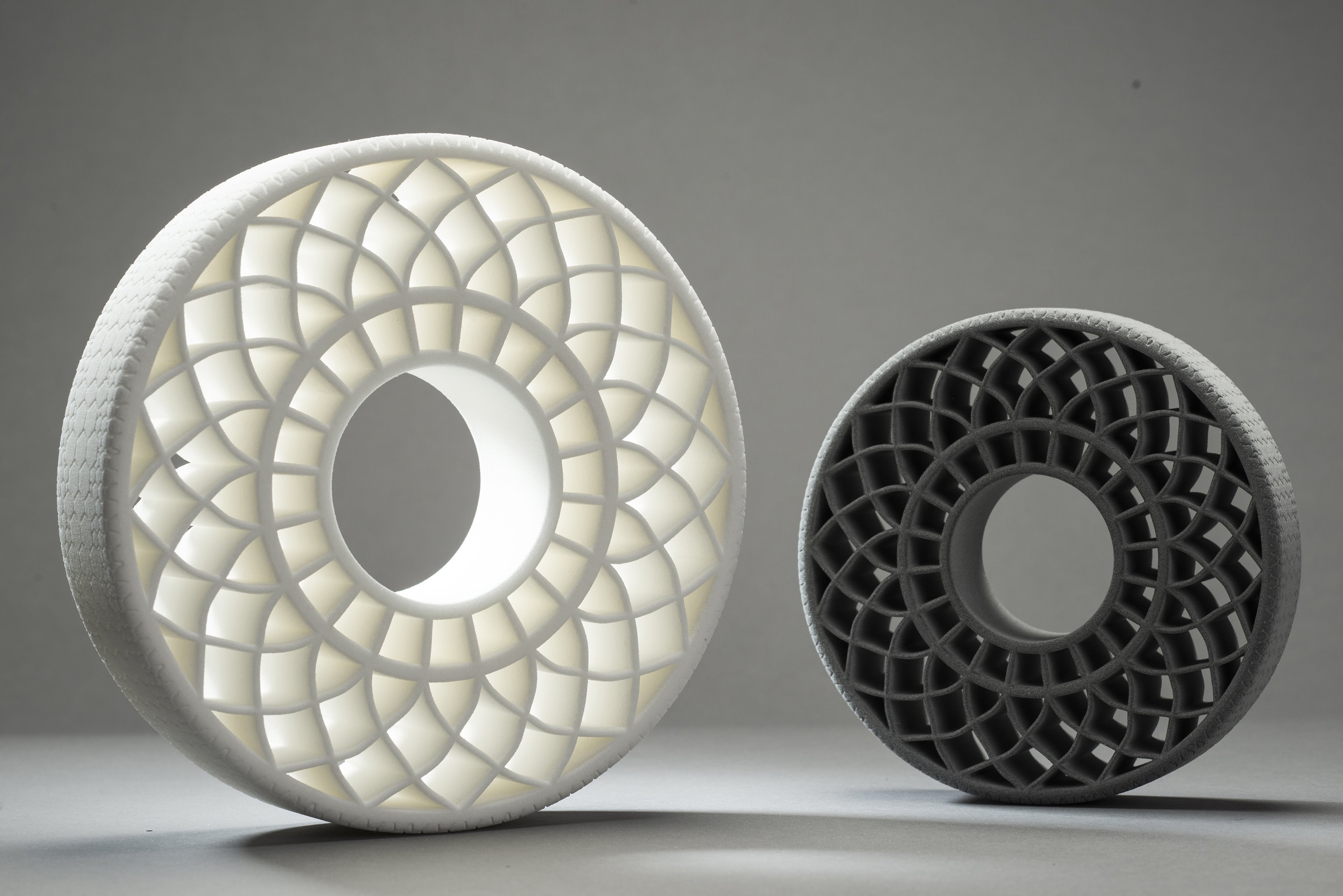뉴스 News
Chemical reports
news
Chemical reports
Editor
2019-09-22
Editor
2019-08-25
Editor
2019-05-15
Editor
2019-04-22
Editor
2018-12-25
Aeyoung Park
2018-09-03
Aeyoung Park
2018-08-20
Aeyoung Park
2018-07-12


















